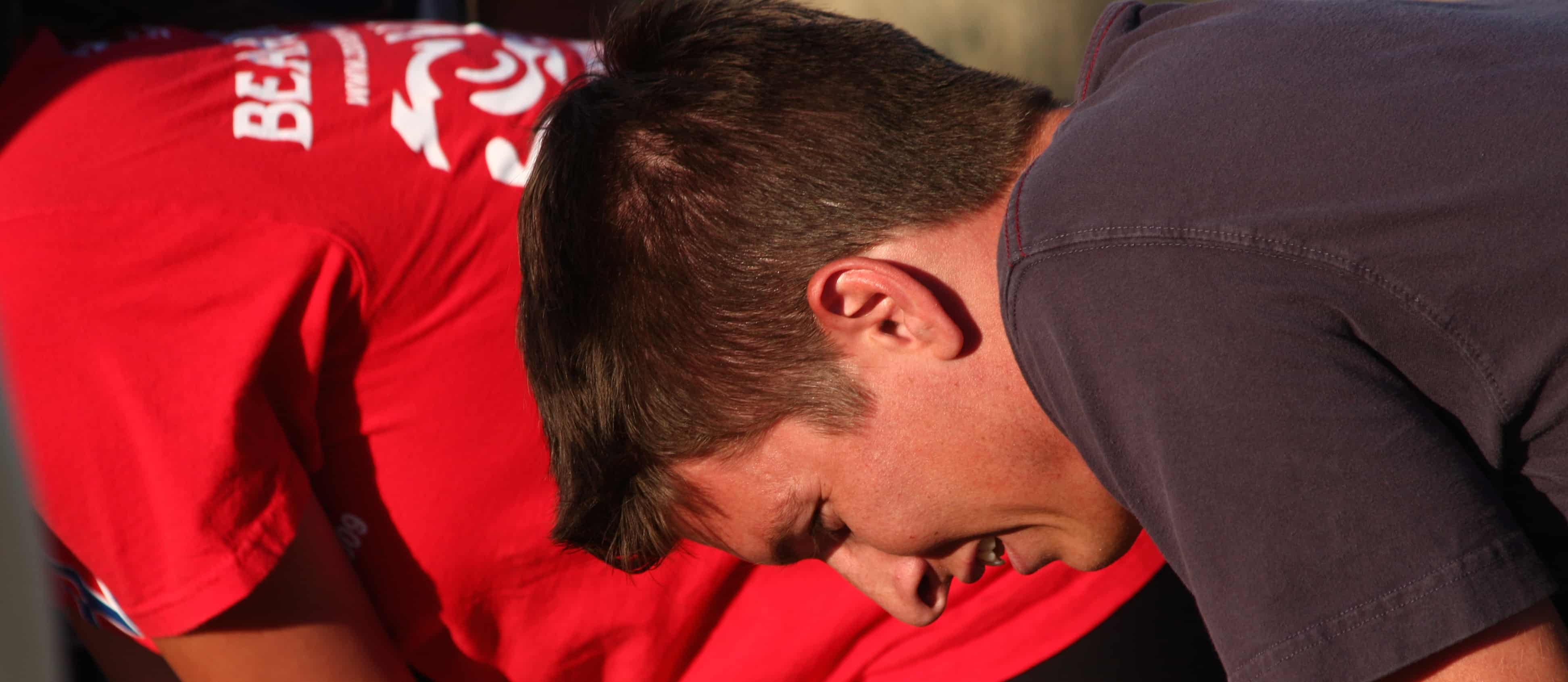The lactic acid that makes yogurt tangy is the same lactic acid that builds up in our muscles when we exercise strenuously. Instead of bacteria fermenting the sugar in milk to make energy for themselves, our muscles ferment sugar in our diet to produce energy to contract. If, like when we’re sprinting, lactic acid builds up in our muscles faster than it can be removed we can end up with a burning sensation in our muscles, forcing us to stop.
Now if we train, we can increase the number of blood vessels in our muscles and clear out the lactate faster. For example, when researchers took some overweight sedentary women and started them on an aerobic training program of running and walking, at the end of three months, their lactate levels during exercise dropped 17%. But those on the same program who drank two cups of orange juice a day dropped their levels 27%. They did the same exercise program, but the citrus group experienced a significant decrease in blood lactate concentration, indicating an improvement in physical performance with less muscle fatigue.
I don’t recommend drinking juice, though, because we’re losing all that wonderful fiber that slows the rate of fruit sugar absorption into our system. In my video, Reducing Muscle Fatigue with Citrus, we can see the blood sugar spike one might expect after drinking Coca-Cola. Compare that to the spike we see with orange juice? No difference. However, if we eat the same quantity of sugar in the form of orange slices we experience a significantly smaller spike in blood sugar.
So the whole fruit is nearly always better than fruit juice. Now this is not to say OJ isn’t better than coke. OJ has those citrus phytonutrients like hesperidin, which may be why the women’s triglycerides didn’t go up even though they were drinking two cups of fruit juice every day. Hesperidin may actually help lower our digestion of fats, but once we get up to three cups a day, we really can start bumping our triglycerides.
The burning sensation during strenuous exercise may be related to the build-up of lactic acid in our muscles, but that’s different than the delayed onset muscle soreness that occurs in the days following a bout of extreme physical activity. That’s thought to be due to inflammation caused by muscle cell damage, little micro-tears in the muscle. If it’s an inflammatory reaction then might anti-inflammatory phytonutrients help? Find out in my video Reducing Muscle Soreness with Berries.
For more about what citrus phytonutrients can do can be found in my video, Keeping Your Hands Warm with Citrus.
-Michael Greger, M.D.
PS: If you haven’t yet, you can subscribe to my videos for free by clicking here and watch my full 2012 – 2015 presentations Uprooting the Leading Causes of Death, More than an Apple a Day, From Table to Able, and Food as Medicine.
